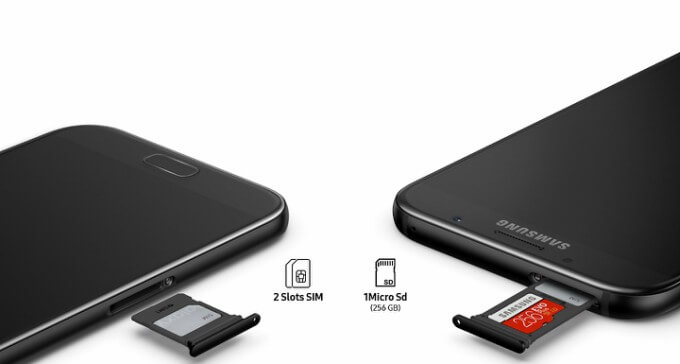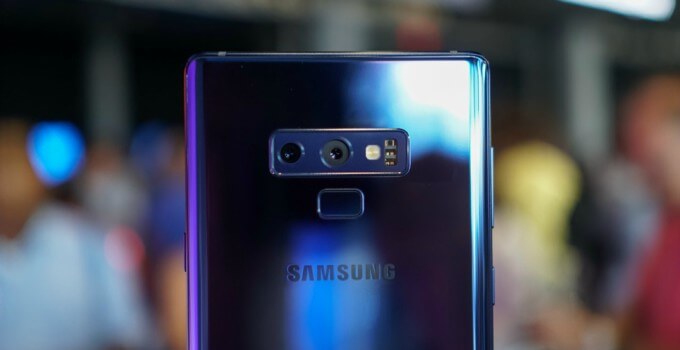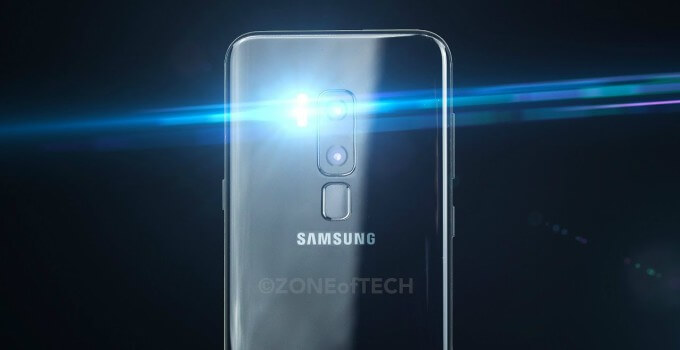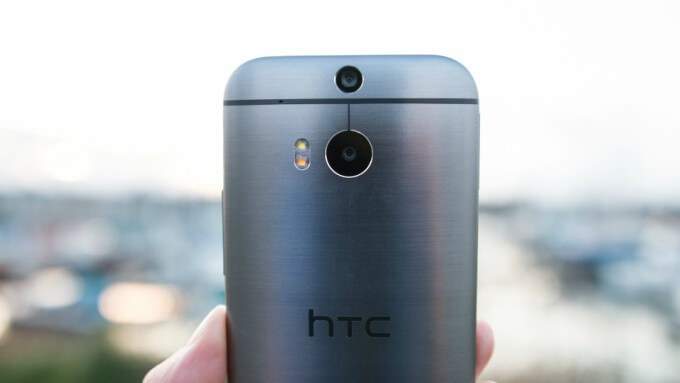We all know how innovative the new iPhone XS and XS Max by Apple are. The reality, however, seems to be different, as Apple’s latest smartphones steal a lot of features that have been standard in Android smartphones since quite a long time.
In this article, we take a look at five features or “technological breakthroughs” of iPhone XS (Max) and XR that have been stolen from Android.
Table of Contents
1. Dual SIM
The ability to use two SIM cards on an iPhone has been a highly-requested feature since years. A smartphone with dual SIM cards can prove to be useful in many use cases. For example, you can easily use a SIM card of an international carrier to save on roaming costs while traveling.
Although the XS now has a dual-SIM feature, it’s worthless, to be honest. You can’t use two physical SIM cards and have to rely on an eSIM.
At the moment, only a few carriers offer electronic SIM cards since the technology is still rather new.
On the other hand, Android phone manufacturers have been offering a “true” dual SIM functionality in their smartphones for years now.
2. 512GB storage space
For years, iPhone users have been asking for a model with 512 GB of storage space.
Apple finally caved in and released a new 512GB iPhone XS model for a hefty price of $1,349! The smartphone costs even higher in Europe and other countries.
Samsung’s flagship device – the Galaxy Note 9 – also comes with 512GB of storage space model and costs way less than the XS. You can buy one for $1,250 also save a few hundred dollars in the process.
3. Portrait mode
iPhone XR has a portrait mode despite the lack of a dual camera. According to Apple, this is another “technological marvel” of our age.
All high-end and several mid-end Android smartphones with a single-lens camera offer portrait mode, especially the Google Pixel lineup, which can be considered the pioneer of the portrait mode feature in smartphones.
4. Adjustable Bokeh effect
Bokeh photos are unadjustable once you click the photo. If you aren’t familiar with this camera effect, it essentially blurs the background of a photo so that the subject comes to the foreground.
However, iPhone XS lets you adjust this effect after a photo has been clicked.
While this is a great feature for all you shutterbugs out there, Android has had this feature since 2014.
The HTC One M8 lets you adjust the strength of the bokeh effect just right even with its aging hardware and software.
5. Poor naming convention
Apple has followed the “Plus” naming scheme since the iPhone 6 Plus that was released in 2014. Newer models like iPhone 7 Plus and the iPhone 8 Plus, too, followed the same scheme.
With the launch of iPhone XS, Apple has decided to ditch its simplistic naming convention and gone for Android-like names for its flagships.
Now the high-end model of iPhone XS is labeled iPhone XS “Max”, instead of iPhone XS “Plus”.
Renaming “Plus” to “Max” is somewhat understandable but what in the world does the “R” in iPhone XR mean? We bet dollars to dinars that even Tim Cook doesn’t know what the “R” in “XR” stands for.
Apple’s new naming scheme reminds us of the naming fiasco of Sony that for some unknown reason comes up with incredibly stupid names for its flagship smartphones. Case in point – Xperia XZ2 Premium.
Did you come across a new iPhone feature that Android devices have been offering since ages? If yes, leave your comments below.






